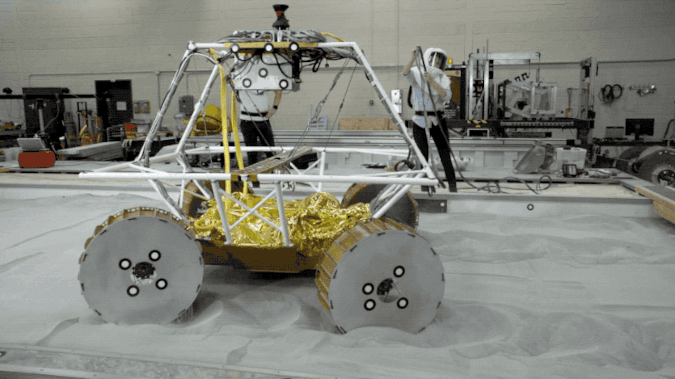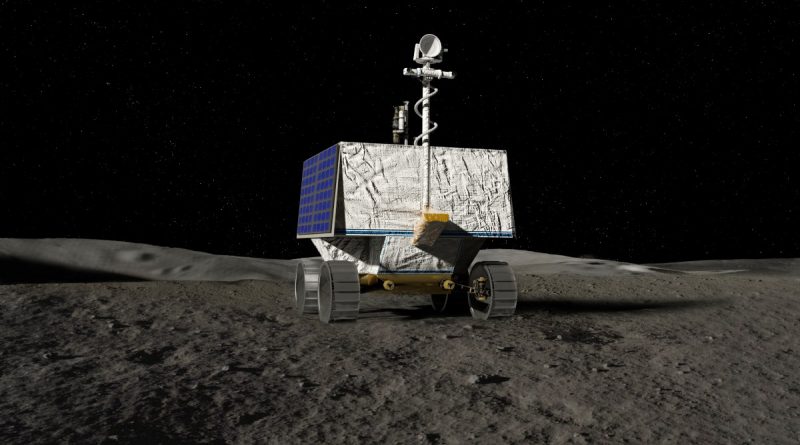NASA rover to search for water at the Moon’s south pole in two years
NASA rover to search for water at the Moon's south pole in two years
One of the main challenges facing the first lunar missions is finding and extracting fresh water. NASA research in recent years, in particular the Lunar Prospector, LCROSS and SOFIA missions, has confirmed the presence of large quantities of ice at the poles of the satellite. But before it can produce water, it must be extracted from the lunar soil-regolith.
The next NASA lunar mission under the Artemis program, which will bring the VIPER autonomous rover to the surface of our satellite, is designed to solve this problem.

It has the size of a golf cart and will be delivered in 2023 to the South Pole of the Moon, where it will have to operate for at least 100 days in search of four “areas of stable ice. We are talking about the places of its shallow occurrence – from 50 to 100 cm under the layer of regolith. As soon as the instruments determine a suitable concentration of ice, VIPER will activate a meter-long drill to retrieve the regolith.
While near the South Pole, the lunar rover will have to operate under difficult conditions when the Sun will rise no more than 10 degrees above the horizon, creating very long shadows. At the same time they will be adjacent to very bright sunlight, which may cause visual navigation to malfunction.
The VIPER suspension will be able to propel it up to 20 cm/sec. The power source is 450 watts of solar panels. Each of the four wheels is controlled independently of the rover’s direction of travel. If the rover gets bogged down in the regolith, it will be able to turn the wheels sideways. In addition, the suspension gives it the ability to lift each wheel like a foot.
VIPER will move fully autonomously, for which NASA specialists are developing a digital lunar road map for the rover.
